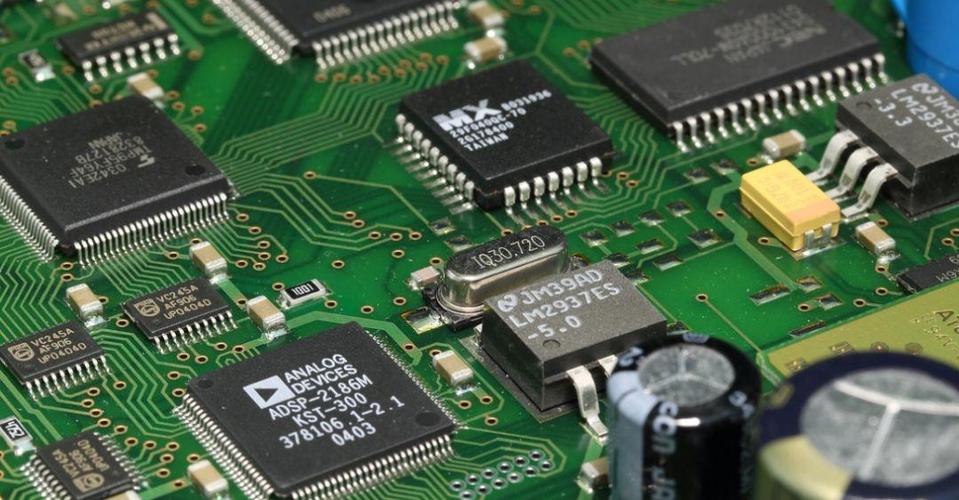Grounding technology of PCB LYAOUT design

In the PCB Layout design, the most frequently encountered technology is the grounding of the circuit board, from the most common single analog circuit loop grounding, pure digital circuit loop grounding to the mixed grounding of analog and digital circuits, all of these grounding methods are shown. The development of electronic design. If the product you design has other requirements, for example, after EMC testing, the signal frequency of the PCB board is relatively high (the signal rise time is 10ns or even lower), then the grounding technology that needs to be considered must meet this time the elements of. So, today, we will analyze and explain the grounding technology in these factors.
Before analyzing the grounding technology of the circuit board, we must first understand a reason. The grounding technology is one of the factors to improve the stability of the circuit. In circuit design, reducing the loop through various grounding techniques is one of this method. Now briefly talk about the techniques adopted to reduce the impact of ground loops.
A Use optocoupler technology to connect the circuit
In the design of the circuit, in order to fully protect the subsequent circuit from the influence of the previous circuit, the optocoupler isolation technology is one of the commonly used methods:
In this design, the influence of the transmitting circuit on the receiving circuit can be reduced. It is precisely because of the introduction of the optocoupler that the influence of the ground loop on the circuit is greatly reduced.
B Use isolation transformer technology to connect the circuit
In this method, a 1:1 transformer is used, which isolates the transmitting circuit and the receiving circuit. The ground loop of the receiving circuit is greatly reduced.
C Common mode choke coil is used
In the circuit design, the receiving circuit is connected to the transmitting circuit through a common mode choke coil, so that the loop of the receiving circuit can be greatly reduced, and at the same time, it also provides good technical support for the EMC detection of the receiving circuit.
D uses balanced circuit technology
In this method, the transmitting circuit is usually a multi-point parallel power supply, through each module circuit equivalent to parallel, and finally each parallel module is connected in parallel to a single point grounding. In a balanced circuit, the current flow of each module does not affect each other, thereby improving the stability of the system.
After introducing the method of reducing the ground loop, now I will introduce the grounding method to reduce various grounds.
1. Floating technology
In electronic design, a commonly used method is floating ground technology. In this method, the signal ground of the circuit board and the external public ground are not connected, thereby ensuring the good isolation of the circuit. The circuit is well isolated from the external ground system and is not easily affected by the interference on the external ground system. However, static electricity is easy to accumulate on the circuit and cause electrostatic interference, which may generate dangerous voltage.
Small low-speed (<1MHz) equipment can use floating ground (or single-point connection of the working ground to the metal shell), and single-point connection of the metal shell to the ground.
Two, series single point grounding
This kind of grounding method is a grounding method recommended by the company's Daniel. Due to its simplicity, there is no need to pay so much attention to the circuit board design, so it will be used more. However, this kind of circuit is prone to common impedance coupling, so that each circuit module affects each other.
Three, parallel single-point grounding
This method of grounding, although getting rid of the common impedance coupling problem of series single-point grounding, but in actual use, it will introduce too much grounding wire annoying, as to which one needs to be comprehensively evaluated in the actual process. If the circuit board area allows, use the parallel mode, and if the connection between the various circuit modules is kept simple, then use the series mode. Generally, there are power modules, analog circuit modules, digital circuit modules and protection circuit modules in the downloaded board. In this case, I use a parallel single-point grounding method.
Four, multi-point grounding
Multi-point base technology will be used more in daily design, and more used in multi-module PCB design. This grounding method can effectively reduce high-frequency interference problems, but it is also prone to design problems with ground loops., This point must be fully considered in the design to improve the stability of the system design. The working ground of small high-speed (>10MHz) equipment should be grounded at multiple points with its metal casing, the distance between the grounding points should be less than 1/20 of the wavelength of the highest operating frequency, and the metal casing should be connected to the ground at a single point.
In short, in the design of electronic circuits, the most important point is to reduce the loop area of the circuit, which plays an important role in improving the stability of electronic design and improving the EMC design of electronic systems. In the actual design, through comprehensive evaluation of the above various technologies, through flexible use, in order to achieve the purpose of improving the stability of the system.